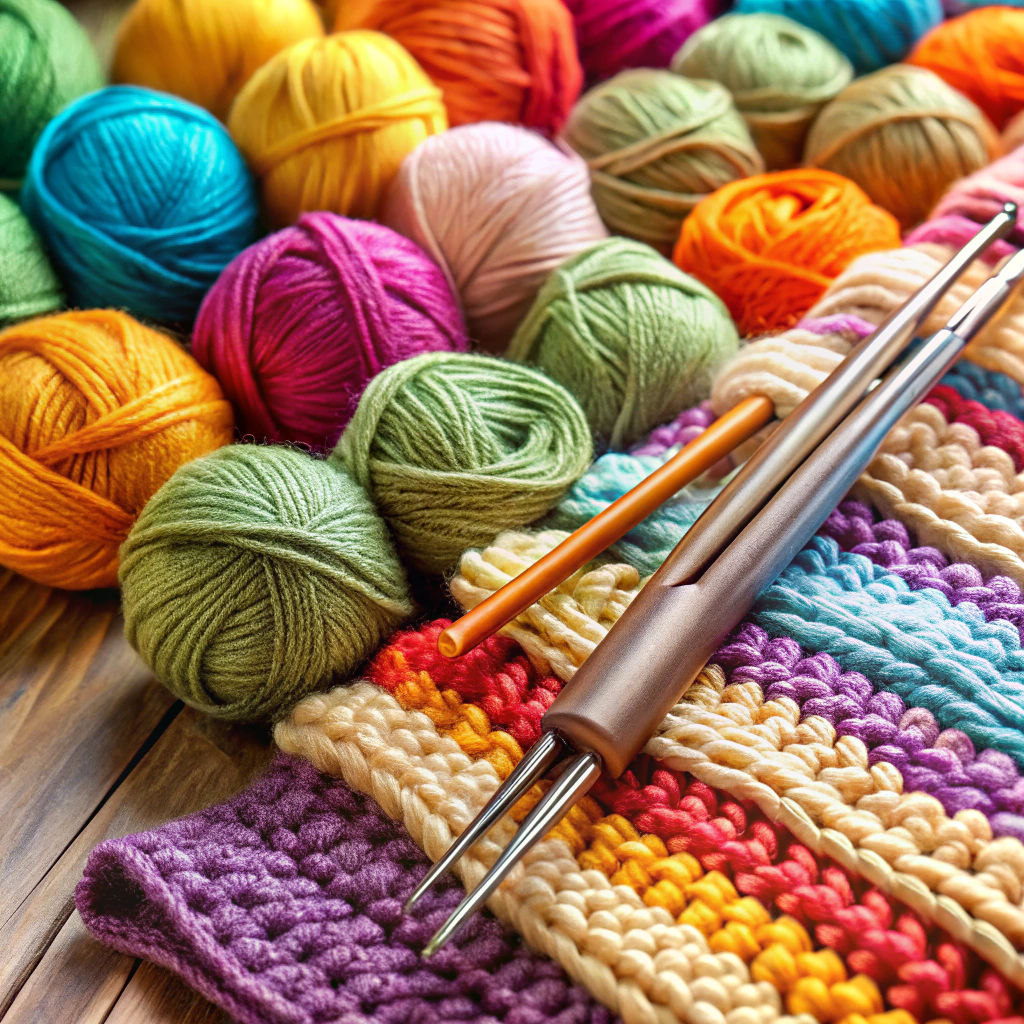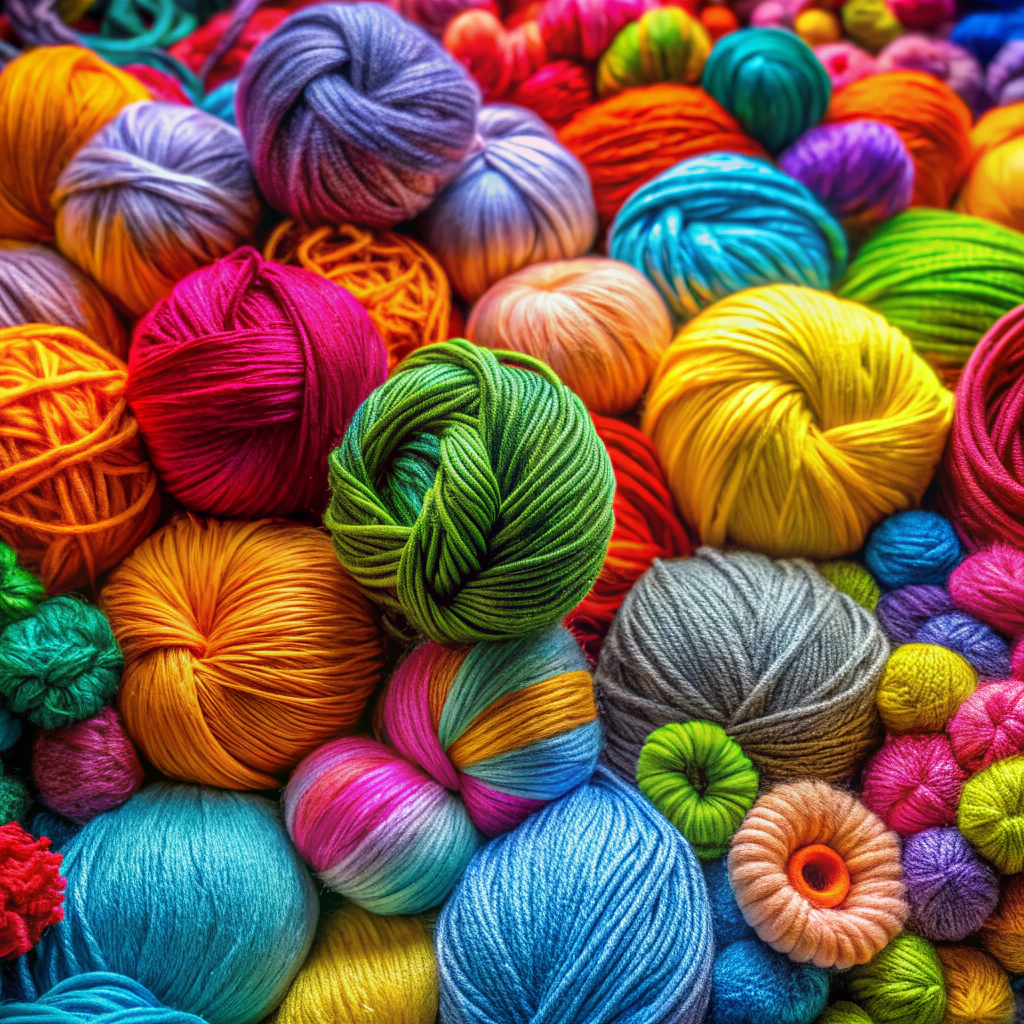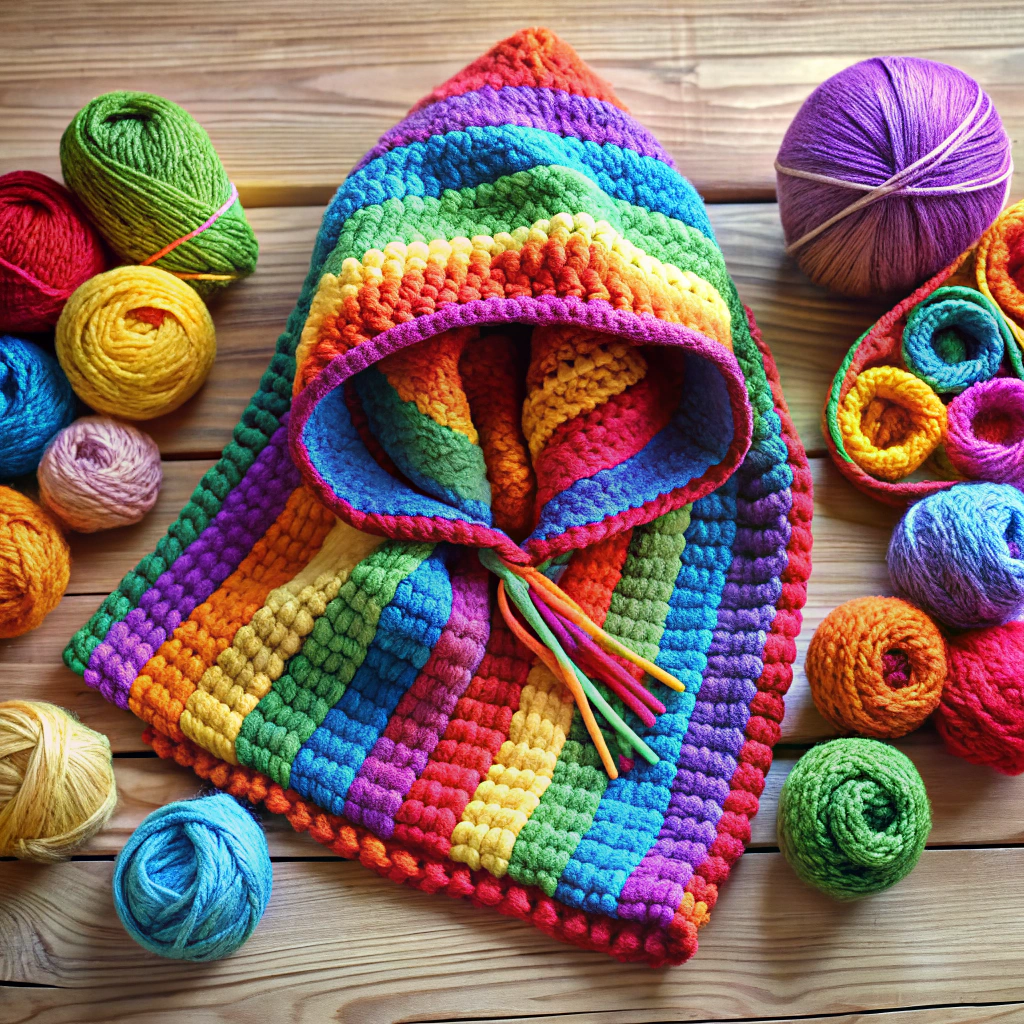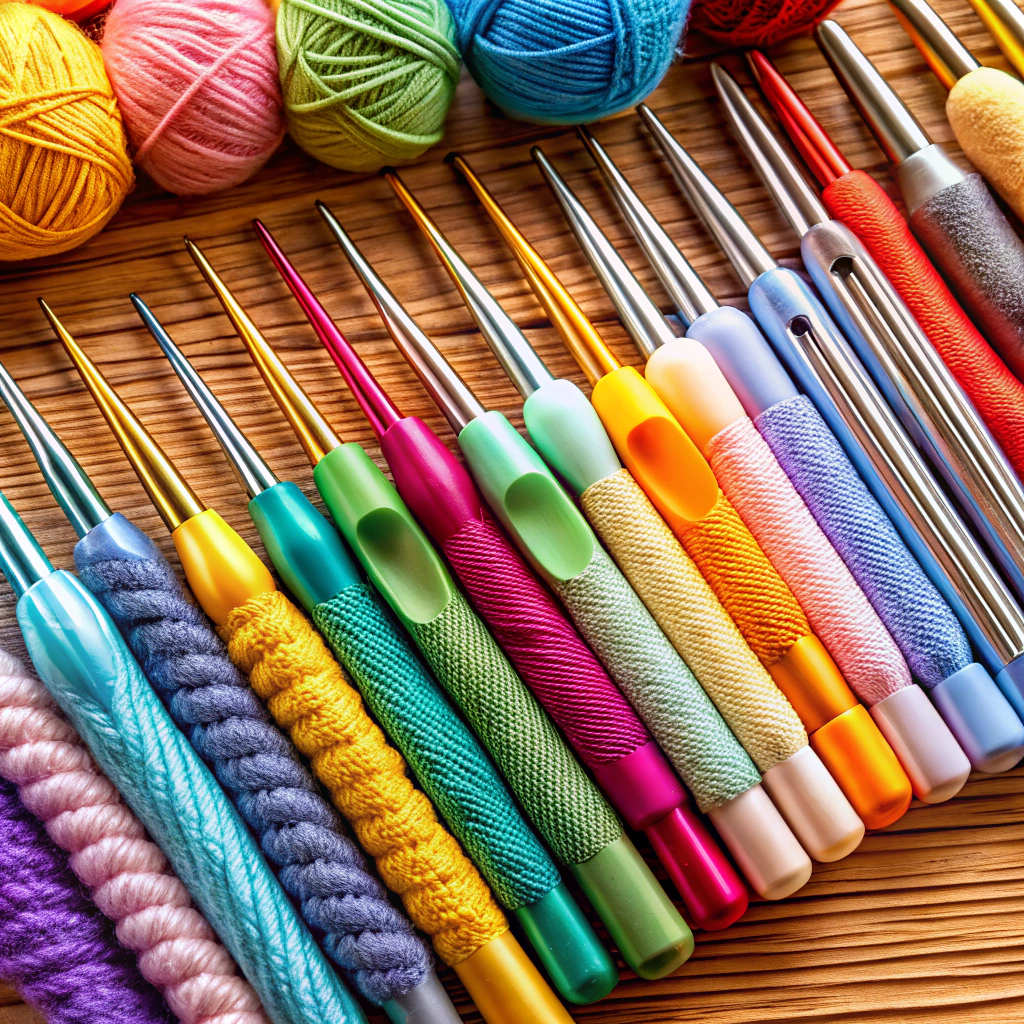If you’re wondering how to spell crocheting, look no further—it’s spelled “c-r-o-c-h-e-t-i-n-g.
Crochet. It’s spelled C-R-O-C-H-E-T, with a silent ‘T’ that loves to catch people off guard. Whether you’ve been tripping over the letters or confused by odd variants like “croshay,” you’re not alone. Dive in to unravel common spelling slip-ups, historical tidbits, and even some quirky differences between American and British crochet terminology. Get ready to tie up all those loose ends and stitch together a clear understanding! Let’s get hooked on the right spelling—pun absolutely intended!
Key takeaways:
- Crochet is spelled C-R-O-C-H-E-T, with a silent ‘T’ at the end.
- Common spelling mistakes include “crotchet,” “crochetingg,” and “croshay.”
- Crochet originated from the French word meaning “small hook” and gained prominence in the 19th century.
- American and British crochet terminology differ, making pattern translation necessary.
- Related words include yarn, hook, stitch, pattern, and gauge.
Correct Spelling of Crochet

Crochet is a word often misspelled in various creative ways, but we’re here to set the record straight.
First off, it’s spelled C-R-O-C-H-E-T. Silent ‘T’ at the end!
- Key points:
- Cro is like crow but without wings. Simple, right?
- Chez rhymes with ‘says,’ not the cheese you eat.
- Don’t forget that sneaky ‘T’ at the end. Silent but important.
Remembering these points will keep you from any embarrassing autocorrect fails!
Common Spelling Mistakes
Crochet enthusiasts often stumble on a few usual suspects when spelling this crafty word. “Crotchet” sneaks in, probably imagining it has something to do with crotches (spoiler: it doesn’t). Another popular impostor is “crocheting” spelled as “crochetingg,” where an extra “g” mindlessly attaches itself.
Then there’s “croshay” — an attempt to phoneticize it, perhaps? The rogue “y” doesn’t belong but somehow finds its way in.
Let’s not forget the overly simplified “crochett” — doubling up the “t” like it’s going out of style. Remember, “crochet” is French, and they’re quite fancy, keeping it single.
Lastly, there’s “croshayting,” which is like combining two spelling errors into one dazzling disaster. Keep an eye out and your spellcheck handy!
Definition and Etymology of Crochet
Originating from the French word “crochet,” which means “small hook,” crochet has a rich history. Crafting with a metal hook and yarn or thread traces back to the 19th century. It sounds fancy, but it’s been around forever, even before Netflix binges.
Initially, high society snubbed it, labeling it for the lower class. Eventually, crochet became the darling of crafters worldwide. Think of it as the Cinderella story of hobbies.
Keep in mind:
- Derived from French
- Means “small hook”
- Gained prominence in the 19th century
- Initially considered lower-class
It’s a term steeped in creativity’s tapestry, spun through history and language.
Difference in American and British Versions
American and British versions of crochet terminology can seem like deciphering a secret code. Imagine asking for biscuits and getting cookies. Shocking, right? Here, it’s all about stitch names.
In American terms, a “single crochet” is equivalent to the British “double crochet.” Confusing, but amusingly so. A “double crochet” in American lingo? That’s a “treble crochet” in British speak. They love to keep it interesting.
Hook sizes also play tricks. An American size H-8 is a 5mm hook, while British crafters might call the same hook a size 6. It’s like yarn espionage!
Navigating patterns from across the pond requires a translation guide. Once you crack the code, it’s like learning to speak another language – but fluffier and infinitely more fun.
Related Words
Let’s get tangled up in some fun vocabulary! When diving into the world of crochet, you may bump into a few related terms that are good to know.
- Yarn: The magical string that makes all your crochet dreams come true.
- Hook: Your trusty wand, but instead of casting spells, it helps you stitch.
- Stitch: The building blocks of your project, one loop at a time.
- Pattern: Consider it your road map. Follow it, and you’ll avoid crochet chaos.
- Gauge: Think of it as your crochet speedometer; it measures your stitch size, helping you stay on track.
These words will make your crocheting adventures smoother and your crochet conversations more interesting. Hook on, stitch wisely, and keep that gauge in check!




